UAB in Antarctica 2018
- Details
- Written by: CJ Brothers
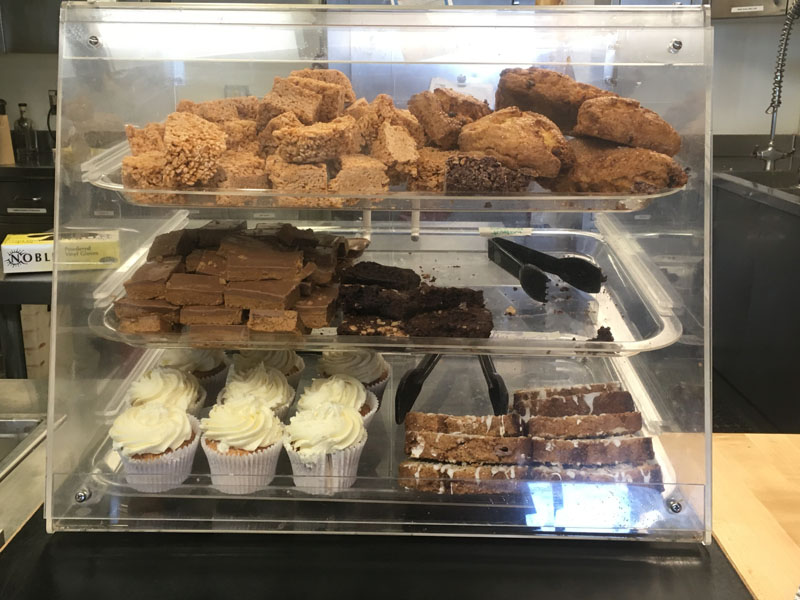
The rumors about the food at Palmer Station reach across oceans and continents.
- Details
- Written by: Maggie Amsler
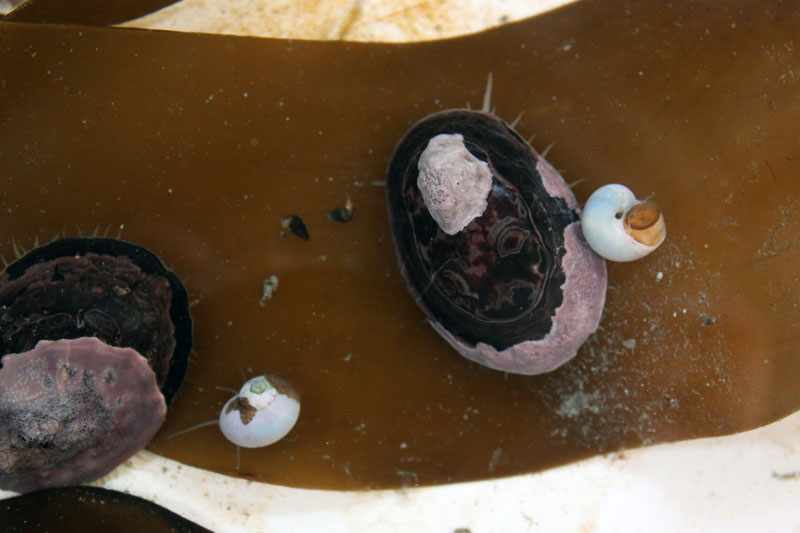
Life at a snail’s pace is anything but slow or boring. My focus since arriving at Palmer Station has been chasing after small to wee tiny snails that live on a very large brown alga easily collected in the subtidal.
- Details
- Written by: Chuck Amsler
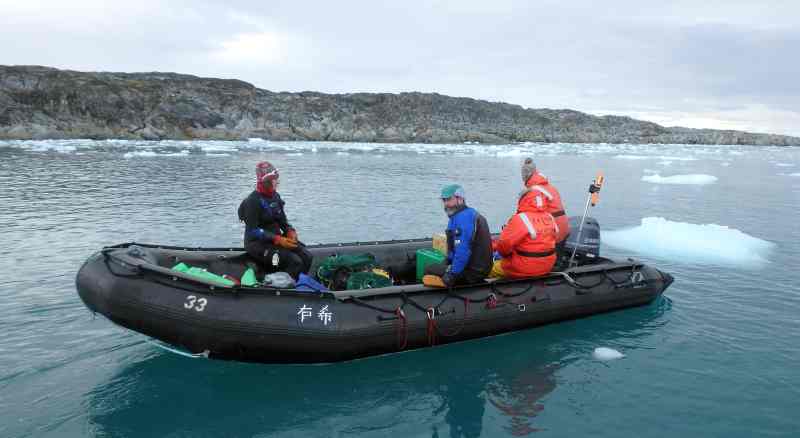
We’ve written a bit in past posts and will a lot more in future ones about the cool things we see when we dive into the very cold water here. Doing those dives includes a well-practiced, tried-and-true set of procedures for getting in and out of the water from/into our inflatable Zodiac boat.
- Details
- Written by: Sabrina Heiser

What use do PVC pipe, window screening and cable ties have in Antarctica: We are soon to open our suite of amphipod hotels to their first inhabitants. I am not talking about an adventure for human tourists in Antarctica but rather an experimental set up which includes fun and colorful units which we like to call amphipod hotels.
- Details
- Written by: Michelle Curtis
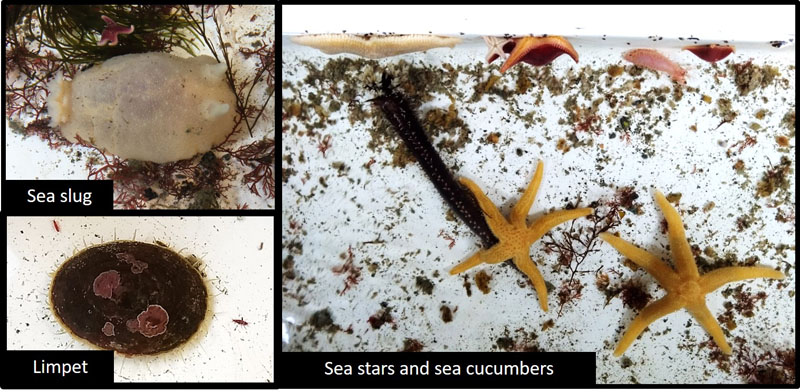
Do you love touch tanks? Have you ever wondered what kinds of fascinating creatures are found on the seafloor in Antarctica? Well, let me give you a sneak peek by sharing one of my favorite parts of Antarctica with you… our sorting table.
- Details
- Written by: Jim McClintock
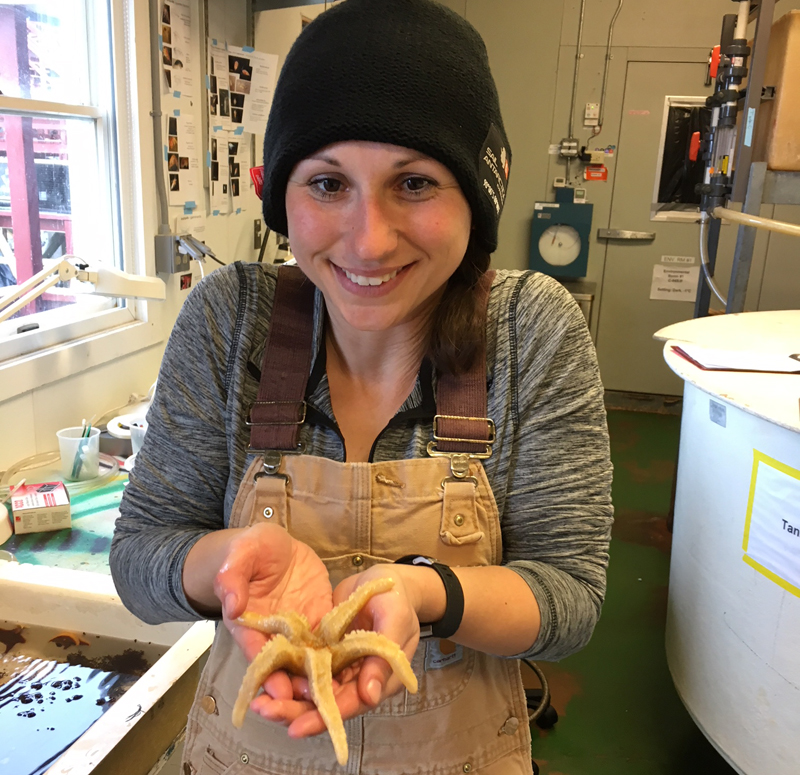
You could hear the joy in the voice of doctoral student Michelle Curtis upon learning that the tan hand-sized sea star (Neosmilaster georgianus) in the sorting table, was in fact roosting on about 100 large, orange yolky eggs.
- Details
- Written by: CJ Brothers
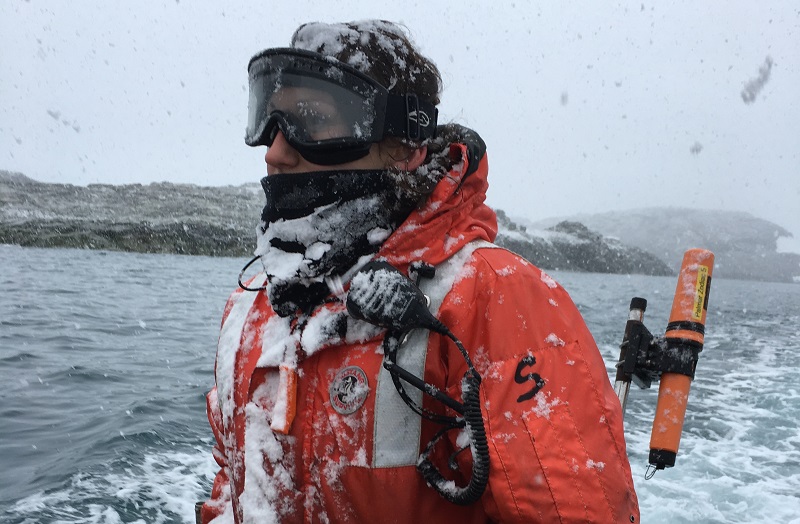
What do bubble-watching, lots of fleece layers, and ski masks have in common?
- Details
- Written by: Maggie Amsler
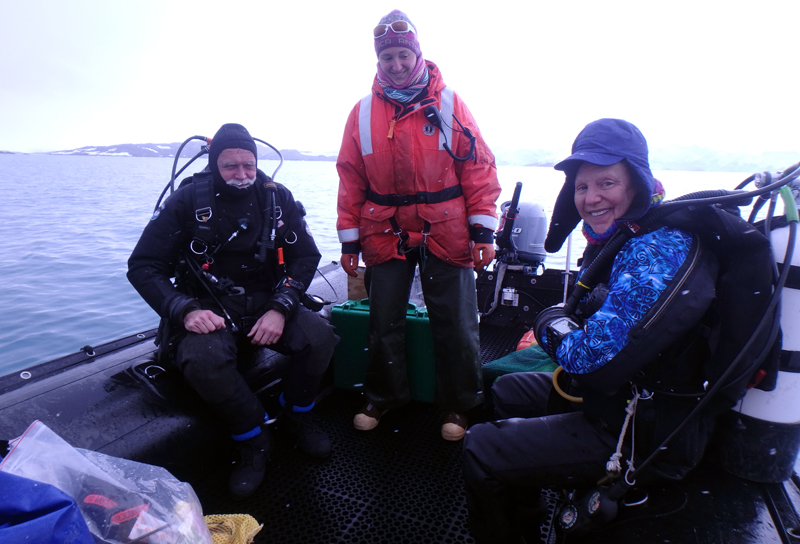 With the project’s initial diving priority of locating and assessing the 14 algal-bearing substrate experiments left over winter in the water well underway, yesterday Bill and I concentrated on collecting familiar organisms we have been studying for many years because of their intriguing chemistry. So, despite gusting winds and intermittent snow squalls, with tenders Sabrina doubling as zodiac captain and Chuck (taking picture) as first mate, we set out for a dive on nearby Gamage Point.
With the project’s initial diving priority of locating and assessing the 14 algal-bearing substrate experiments left over winter in the water well underway, yesterday Bill and I concentrated on collecting familiar organisms we have been studying for many years because of their intriguing chemistry. So, despite gusting winds and intermittent snow squalls, with tenders Sabrina doubling as zodiac captain and Chuck (taking picture) as first mate, we set out for a dive on nearby Gamage Point. - Details
- Written by: Chuck Amsler
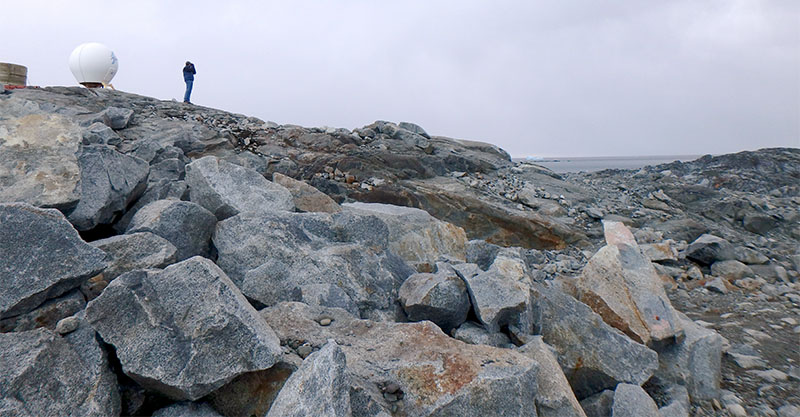
After four days when we first got here with the weather keeping us from getting out in the boats to dive, we’ve had five straight days of relative calm that has allowed us to get out each day.
- Details
- Written by: Sabrina Heiser
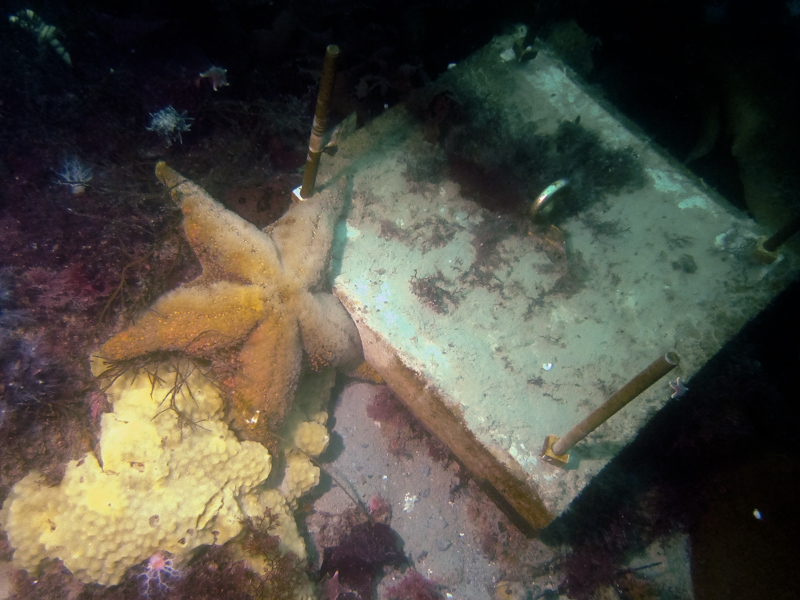
Being one of the lucky people who was already at Palmer Station last season, it probably only took about 5 minutes for me to feel at home again. And of course, like everyone else, I was eager to get back in the water. This time around, I had a different reason though for my unrest: an anxious anticipation for the reunion with our long-term experiments.
- Details
- Written by: Michelle Curtis
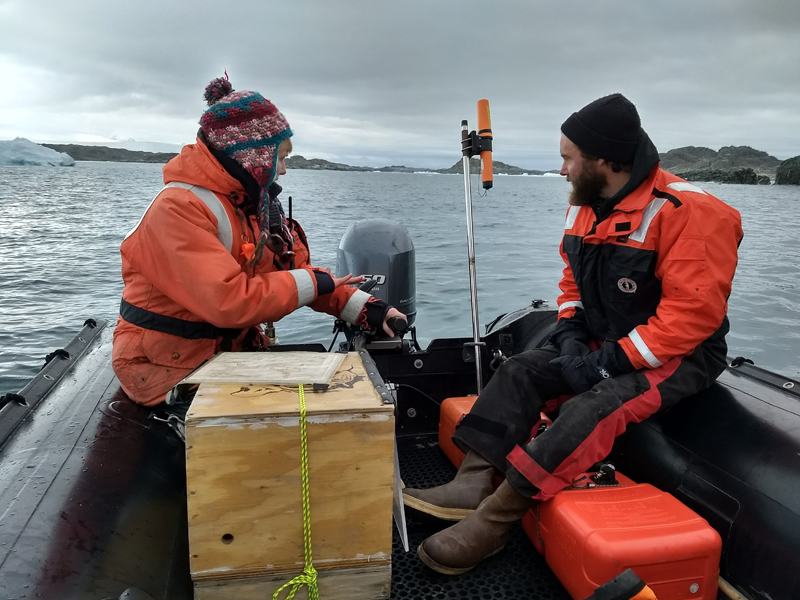
I am writing from the couch in the galley with a wood burning fireplace to my left and an incredible view of icebergs and snow-covered islands in front of me. This morning has been spent talking with new friends while watching crabeater and leopard seals peacefully floating by on ice floes.
- Details
- Written by: Jim McClintock
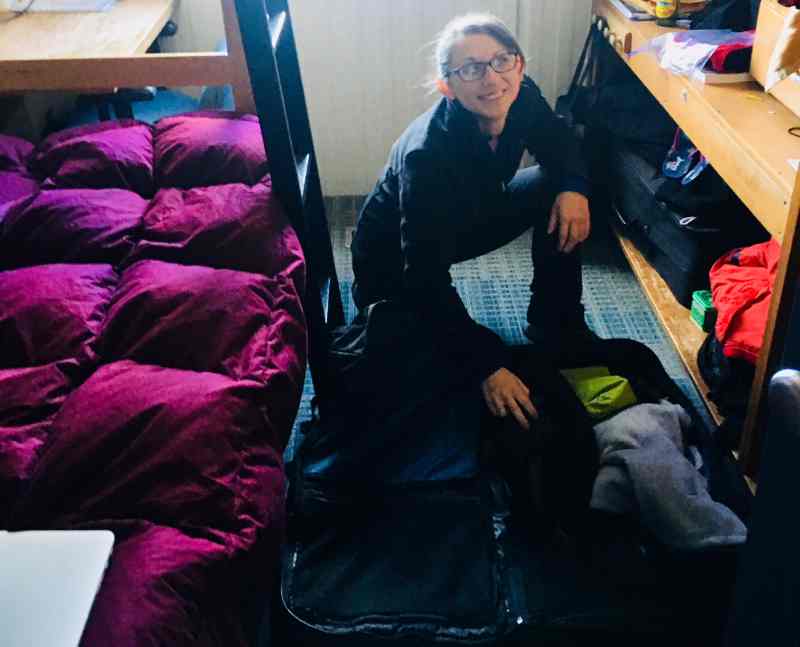
You have to be a jack of all trades to carry out science at an Antarctic research station. Moving stuff is one of them. Our UAB team’s arrival at Palmer Station yesterday was celebratory; four of us were reunited with old friends, two rejoiced in a newfound home. Today, the celebration is over. Time to move in.
- Details
- Written by: CJ Brothers
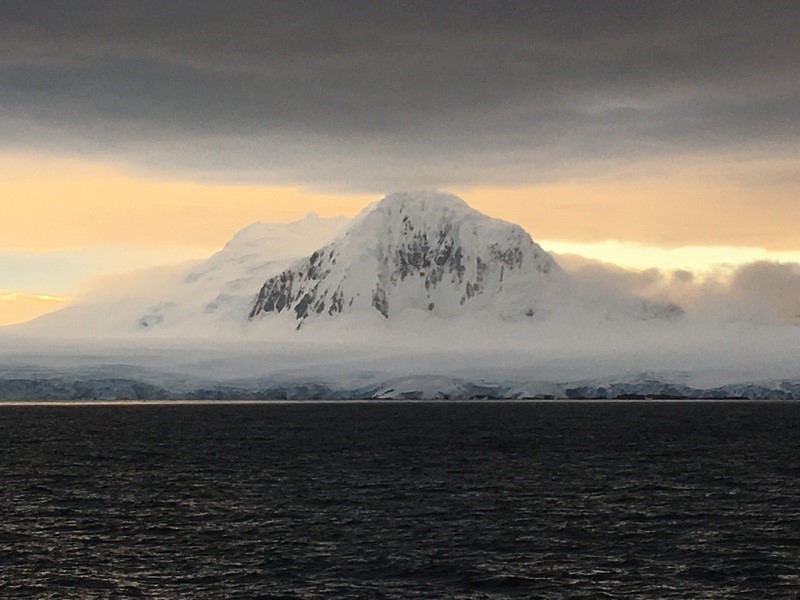
Over the last 24 hours onboard the LMG, the scenery surrounding the ship has changed as we approached the Antarctic Peninsula. Open ocean as far as the eye can see has been replaced by snowy islands and towering glacier-covered mountains on both sides of the ship. And now, 4 days after departing Chile, we have finally reached Palmer Station!
- Details
- Written by: Maggie Amsler
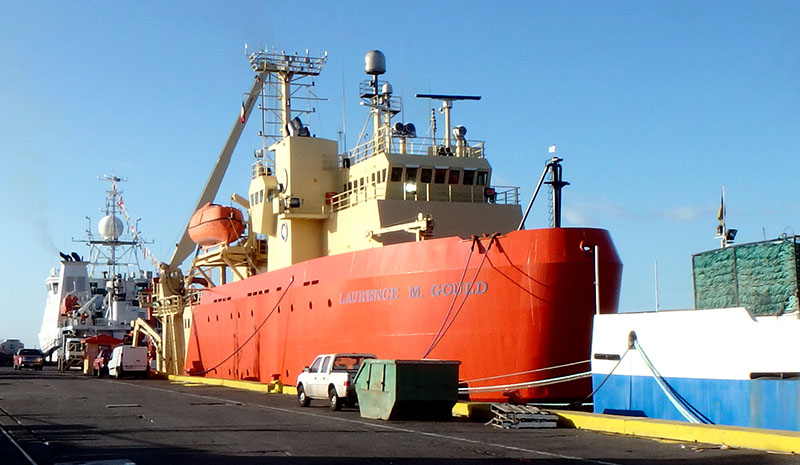
Sailing Day arrives in Punta Arenas, Chile with blue skies and fair winds!! The ARSV Laurence M. Gould (LMG) seemed to glow in the drenching early morning sunlight.